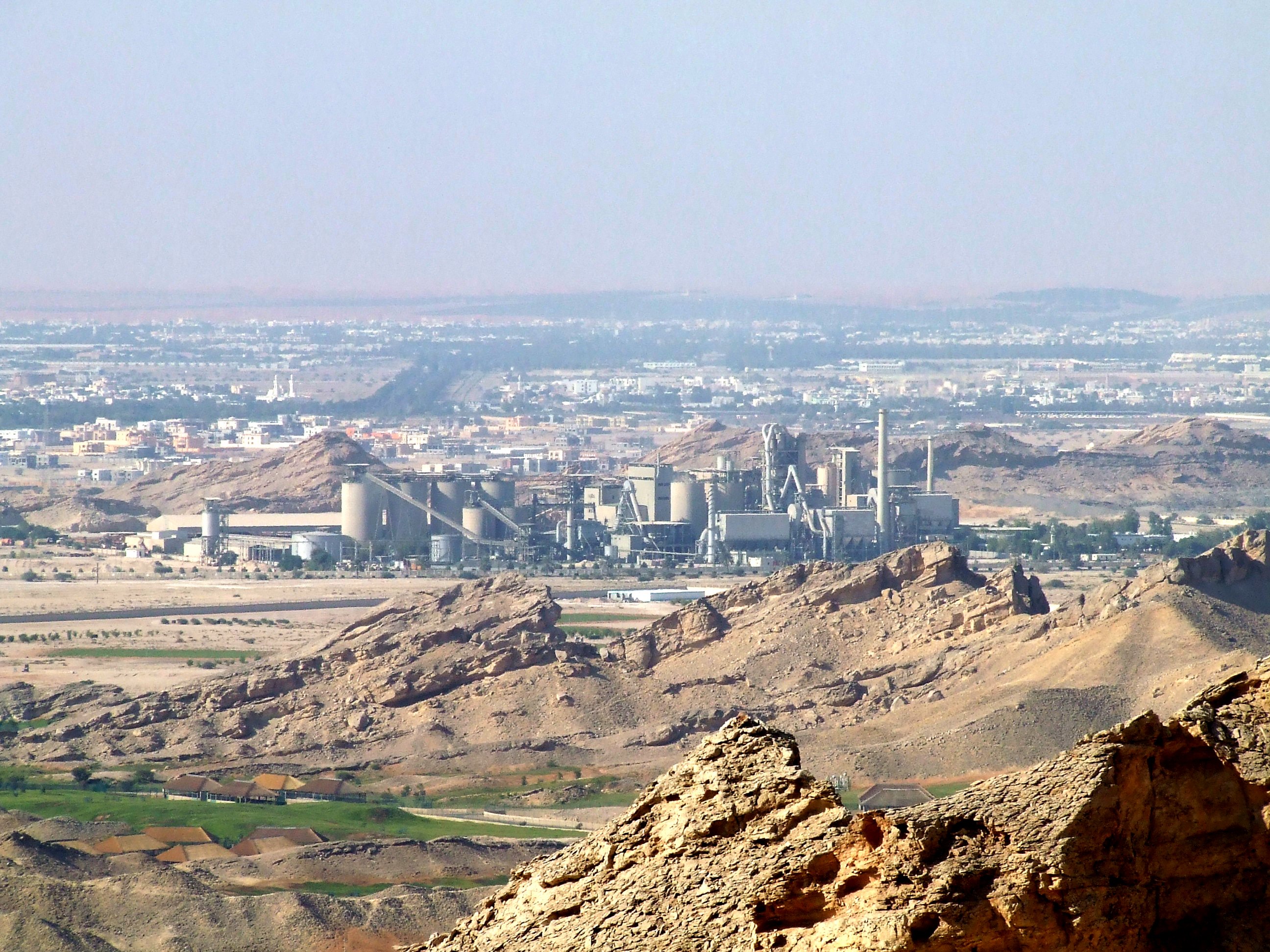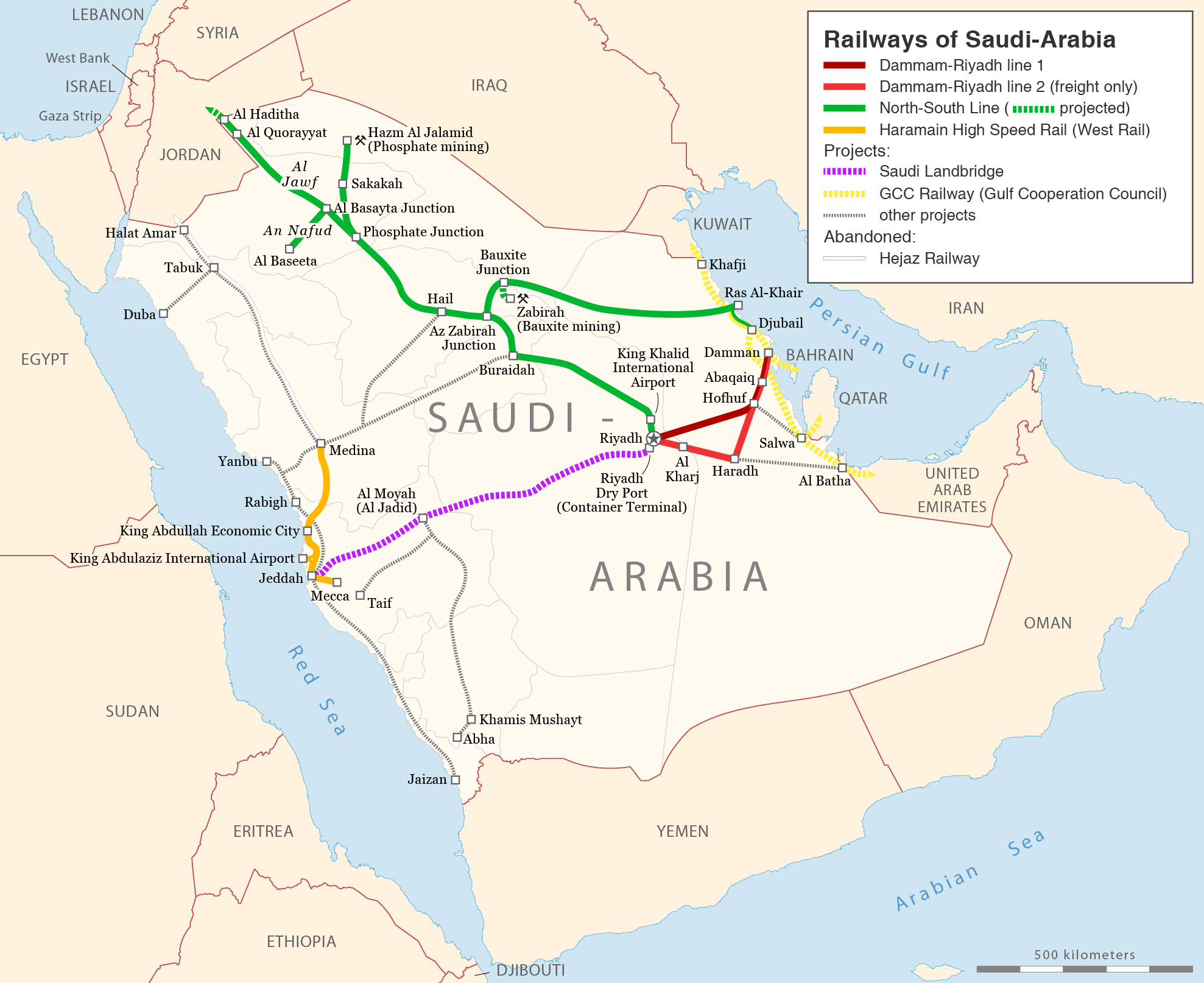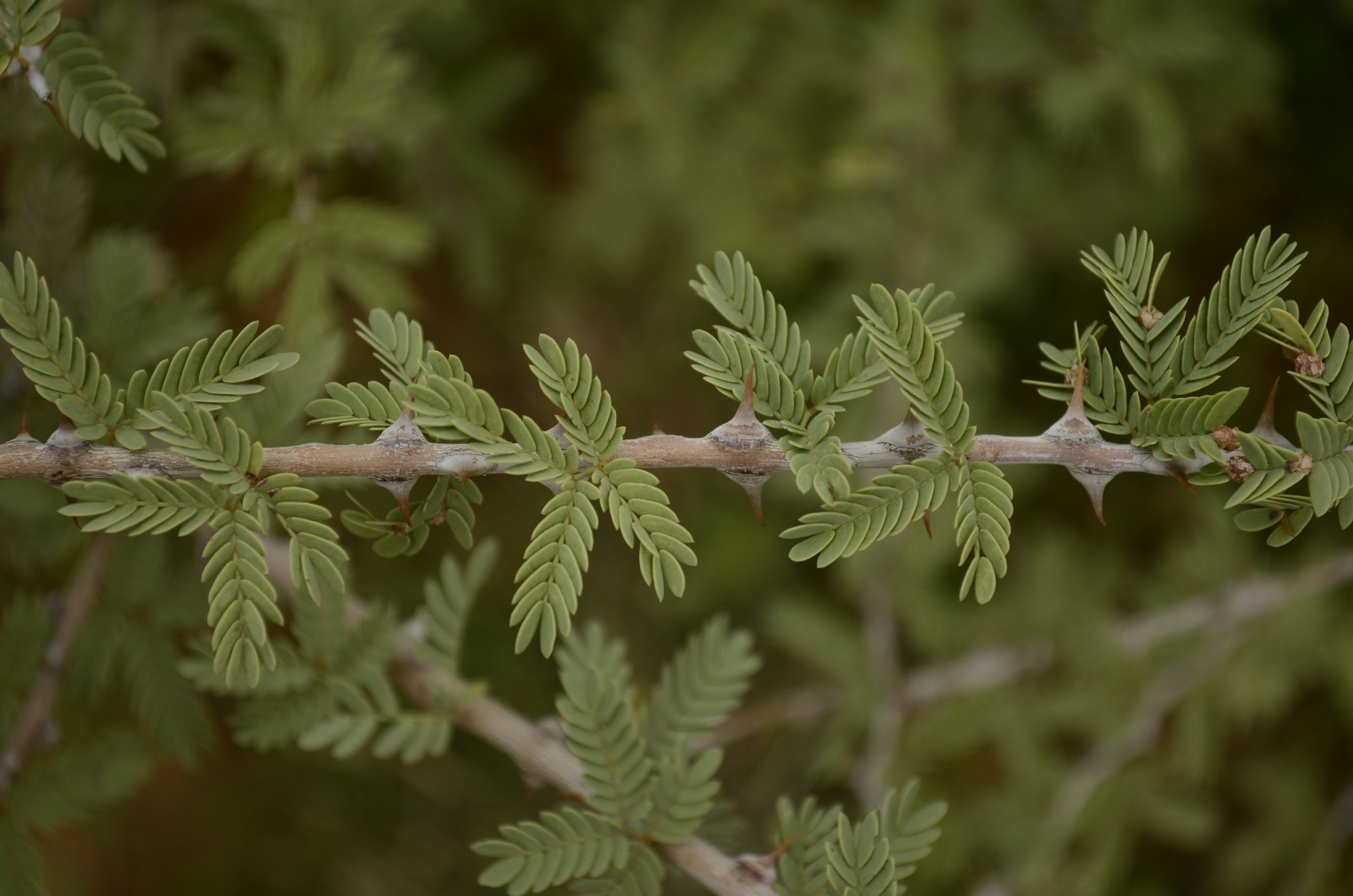|
Al Buraimi Governorate
Al Buraimi Governorate ( ar, مُحَافَظَة ٱلْبُرَيْمِي, Muḥāfaẓat Al-Buraimī) is one of the 11 governorates of Oman which was split from the Ad Dhahirah Region. Until October 2006, the area was part of Ad Dhahirah Region. At this time, the new governorate was created from the Wilayats (Provinces) of Al Buraymi and Mahdah. A third wilayat, As-Sunaynah, was created from parts of the two. The town of Al-Buraimi is an oasis town in northwestern Oman, on the border of the United Arab Emirates. An adjacent city on the UAE's side of the border is Al Ain. Both settlements are part of the historical region of Tawam or Al-Buraimi Oasis. For many decades, there had been an open border between Al-Buraimi located in Oman and Al-Ain. Effective from 16 September 2006, this border has been relocated to an area around Hilli which is around from the traditional open border. The traditional border near Al-Ain City is now closed to all except to those with valid visas ... [...More Info...] [...Related Items...] OR: [Wikipedia] [Google] [Baidu] |
Governorates Of Oman
Oman is divided into eleven governorates ('' muhafazah''), and has been since 28 October 2011. Each of the 11 governorates are divided into '' wilayat'' (provinces). Regions and governorates before 2011 Before 28 October 2011, Oman was divided into five regions ('' mintaqah'') and four governorates ('' muhafazah''). The governorates were Muscat, Dhofar, Buraimi and Musandam. Buraimi was created in October 2006 from parts of Ad Dhahirah Region. The regions are further subdivided into 61 wilayat. Each region has one or more regional center with a grand total of twelve. See also * ISO 3166-2:OM References External linksArabian names at Geonames.de [...More Info...] [...Related Items...] OR: [Wikipedia] [Google] [Baidu] |
Al-Ain
Al Ain ( ar, ٱلْعَيْن, , ) is a city in the western side of Tuwwam region and the seat of the administrative division of its namesake, Al Ain in the Emirate of Abu Dhabi, United Arab Emirates. It is bordered to the east by the Omani town of Al-Buraimi in the Al Buraimi Governorate. It is the largest inland city in the Emirates, the fourth-largest city (after Dubai, Abu Dhabi, and Sharjah), and the second-largest in the Emirate of Abu Dhabi. The freeways connecting Al-Ain, Abu Dhabi, and Dubai form a geographic triangle in the country, each city being roughly from the other two. Al-Ain is known as the "Garden City" ( ar, مَدِيْنَة ٱلْحَدِيْقَة, Madīnat Al-Ḥadīqah, lit=City of The Garden) of Abu Dhabi, the UAE or the Gulf, due to its greenery, particularly with regard to the city's oases, parks, tree-lined avenues and decorative roundabouts, with there being strict height controls on new buildings, to no more than seven floors, and according ... [...More Info...] [...Related Items...] OR: [Wikipedia] [Google] [Baidu] |
Cooperation Council For The Arab States Of The Gulf
The Cooperation Council for the Arab States of the Gulf ( ar, مجلس التعاون لدول العربية الخليج ), also known as the Gulf Cooperation Council (GCC; ar, مجلس التعاون الخليجي), is a regional, intergovernmental, political, and economic union comprising Bahrain, Kuwait, Oman, Qatar, Saudi Arabia, and the United Arab Emirates. The council's main headquarters is located in Riyadh, the capital of Saudi Arabia. The Charter of the GCC was signed on 25 May 1981, formally establishing the institution. All current member states are monarchies, including three constitutional monarchies (Qatar, Kuwait, and Bahrain), two absolute monarchies (Saudi Arabia and Oman), and one federal monarchy (the United Arab Emirates, which is composed of seven member states, each of which is an absolute monarchy with its own emir). There have been discussions regarding the future membership of Jordan, Morocco, and Yemen. During the Arab Spring in 2011, Saudi Ar ... [...More Info...] [...Related Items...] OR: [Wikipedia] [Google] [Baidu] |
Sultan Of Oman
The sultan of the Sultanate of Oman is the monarchical head of state and head of government of Oman. It is the most powerful position in the country. The sultans of Oman are members of the Busaid dynasty, which has been the ruling family of Oman since the mid-18th century. Haitham bin Tariq is the current sultan, reigning since 11 January 2020. List of imams (751–1406) List of imams (1406–1749) Nabhani dynasty (1406–1624) Yaruba dynasty (1624–1749) List of sultans (1749–present) Succession On 12 January 2021, the current Sultan, Haitham bin Tariq officially changed the Basic Law of State, stipulating the creation of the post for the Crown Prince of Oman and appointed his first son, Theyazin bin Haitham as the apparent successor, making him the first Crown Prince of the Sultanate. 2021 changes On 11 January 2021, the new Sultan, Haitham bin Tariq changed the Basic law of the state and charted out the procedures for succession in the future. As per the ... [...More Info...] [...Related Items...] OR: [Wikipedia] [Google] [Baidu] |
Khaleej Times
''Khaleej Times'' is a daily English language newspaper published in Dubai, United Arab Emirates. Launched on 16 April 1978, ''Khaleej Times'' is the UAE's longest-running English daily newspaper. History and profile A partnership between the UAE government, the Galadari Brothers and the Dawn Media Group in Pakistan began publishing the daily on 16 April 1978, making it the first English daily in the UAE. The founding team consisted of Mahmoud Haroon, Muzammil Ahmed, M.J. Zahedi, Malcolm Payne (the first editor-in-chief) and Iqbal Noorie (in charge of circulation). They were soon joined by Patrick Heyland who was in charge of advertising and promotion. The editorial staff of the paper includes multiple nationalities, mostly from the Indian subcontinent (India, Pakistan, Bangladesh and Sri Lanka), but also Emiratis, Arabs from the wider region (notably Egyptians, Syrians and Jordanians), Lebanese, Mexicans, British, Americans and Filipinos. The broadsheet comprises the general ... [...More Info...] [...Related Items...] OR: [Wikipedia] [Google] [Baidu] |
Muscat
Muscat ( ar, مَسْقَط, ) is the capital and most populated city in Oman. It is the seat of the Governorate of Muscat. According to the National Centre for Statistics and Information (NCSI), the total population of Muscat Governorate was 1.4 million as of September 2018. The metropolitan area spans approximately and includes six provinces called . Known since the early 1st century AD as an important trading port between the west and the east, Muscat was ruled by various indigenous tribes as well as foreign powers such as the Persians, the Portuguese Empire and the Ottoman Empire at various points in its history. A regional military power in the 18th century, Muscat's influence extended as far as East Africa and Zanzibar. As an important port-town in the Gulf of Oman, Muscat attracted foreign tradesmen and settlers such as the Persians, Balochis and Sindhis. Since the ascension of Qaboos bin Said as Sultan of Oman in 1970, Muscat has experienced rapid infrastructural d ... [...More Info...] [...Related Items...] OR: [Wikipedia] [Google] [Baidu] |
Dubai
Dubai (, ; ar, دبي, translit=Dubayy, , ) is the most populous city in the United Arab Emirates (UAE) and the capital of the Emirate of Dubai, the most populated of the 7 emirates of the United Arab Emirates.The Government and Politics of the Middle East and North Africa. D Long, B Reich. p.157 Established in the 18th century as a small fishing village, the city grew rapidly in the early 21st century with a focus on tourism and luxury, having the second most five-star hotels in the world, and the tallest building in the world, the Burj Khalifa, which is tall. In the eastern Arabian Peninsula on the coast of the Persian Gulf, it is also a major global transport hub for passengers and cargo. Oil revenue helped accelerate the development of the city, which was already a major mercantile hub. A centre for regional and international trade since the early 20th century, Dubai's economy relies on revenues from trade, tourism, aviation, real estate, and financial services. [...More Info...] [...Related Items...] OR: [Wikipedia] [Google] [Baidu] |
Mahdha
Mahdah ( ar, مَحْضَة, Maḥḍah, or '' Wilāyat Maḥḍah'' (), is an Omani territory north of the town of al Buraimi which borders the emirates of Sharjah, Ajman and Dubai. It was previously necessary to pass through Mahdah when travelling through Madam to reach the Ajman exclave of Masfut, as well as the Dubai exclave of Hatta, a tourist spot popular for its hotel, heritage village and the famous (although now a metalled road) Hatta track. The Mleiha road bypasses Mahdah for travel from the Emirates' coastal towns to Hatta and Masfut. Mahdah contains the township of Rawdah and is governed from Buraimi. It was traditionally home to the Bani Kaab tribe. Border Previously a 'soft' border, the road through Mahdah from the Emirates now has formal border entry and exit points, open only to GCC nationals. Crossing the Omani border at Mahdah represents an exit from/entry to the UAE. The trip to the Omani border at Hatta is a popular one for expatriates from qualifying ... [...More Info...] [...Related Items...] OR: [Wikipedia] [Google] [Baidu] |
Köppen Climate Classification
The Köppen climate classification is one of the most widely used climate classification systems. It was first published by German-Russian climatologist Wladimir Köppen (1846–1940) in 1884, with several later modifications by Köppen, notably in 1918 and 1936. Later, the climatologist Rudolf Geiger (1894–1981) introduced some changes to the classification system, which is thus sometimes called the Köppen–Geiger climate classification system. The Köppen climate classification divides climates into five main climate groups, with each group being divided based on seasonal precipitation and temperature patterns. The five main groups are ''A'' (tropical), ''B'' (arid), ''C'' (temperate), ''D'' (continental), and ''E'' (polar). Each group and subgroup is represented by a letter. All climates are assigned a main group (the first letter). All climates except for those in the ''E'' group are assigned a seasonal precipitation subgroup (the second letter). For example, ''Af'' indi ... [...More Info...] [...Related Items...] OR: [Wikipedia] [Google] [Baidu] |
Hot Desert Climate
The desert climate or arid climate (in the Köppen climate classification ''BWh'' and ''BWk''), is a dry climate sub-type in which there is a severe excess of evaporation over precipitation. The typically bald, rocky, or sandy surfaces in desert climates are dry and hold little moisture, quickly evaporating the already little rainfall they receive. Covering 14.2% of earth's land area, hot deserts are the second most common type of climate on earth after the polar climate. There are two variations of a desert climate according to the Köppen climate classification: a hot desert climate (''BWh''), and a cold desert climate (''BWk''). To delineate "hot desert climates" from "cold desert climates", there are three widely used isotherms: most commonly a mean annual temperature of , or sometimes the coldest month's mean temperature of , so that a location with a ''BW'' type climate with the appropriate temperature above whichever isotherm is being used is classified as "hot arid subt ... [...More Info...] [...Related Items...] OR: [Wikipedia] [Google] [Baidu] |
Prosopis Cineraria
''Prosopis cineraria'', also known as ghaf, is a species of flowering tree in the pea family, Fabaceae. It is native to arid portions of Western Asia and the Indian Subcontinent, including Afghanistan, Bahrain, Iran, India, Oman, Pakistan, Saudi Arabia, the United Arab Emirates and Yemen. Its leaves are shattered and stripy along its branch. It can survive extreme drought. It is an established introduced species in parts of Southeast Asia, including Indonesia. The ʿGhaf is the national tree of the United Arab Emirates. Through the ''Give a Ghaf campaign'' its citizens are urged to plant it in their gardens to combat desertification and to preserve their country's heritage. The desert village of Nazwa in the UAE is home to the Al Ghaf Conservation Reserve. ''Prosopis cineraria'' is also the state tree of Rajasthan (where it is known as Khejri), Western Uttar Pradesh (where it is known as Chhonkara) and Telangana (where it is known as ''Jammi'' ) in India. A large and well-k ... [...More Info...] [...Related Items...] OR: [Wikipedia] [Google] [Baidu] |
New York City
New York, often called New York City or NYC, is the most populous city in the United States. With a 2020 population of 8,804,190 distributed over , New York City is also the most densely populated major city in the United States, and is more than twice as populous as second-place Los Angeles. New York City lies at the southern tip of New York State, and constitutes the geographical and demographic center of both the Northeast megalopolis and the New York metropolitan area, the largest metropolitan area in the world by urban landmass. With over 20.1 million people in its metropolitan statistical area and 23.5 million in its combined statistical area as of 2020, New York is one of the world's most populous megacities, and over 58 million people live within of the city. New York City is a global cultural, financial, entertainment, and media center with a significant influence on commerce, health care and life sciences, research, technology, education, ... [...More Info...] [...Related Items...] OR: [Wikipedia] [Google] [Baidu] |









